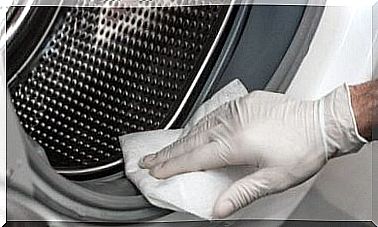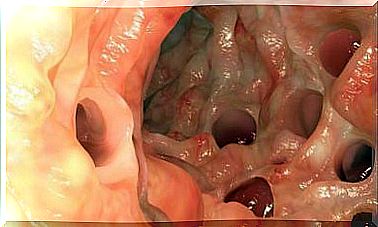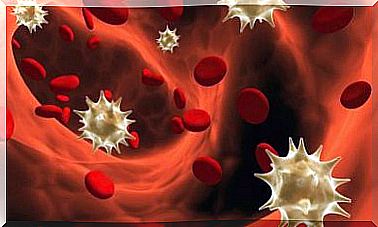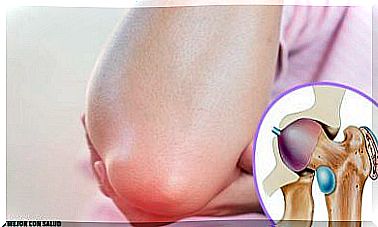Which Pacifier Is Best For My Baby?
There are various opinions on the subject of pacifiers. However, if you decide to give your child a pacifier, it is worthwhile to consider various criteria when choosing. Find out more about this topic today.
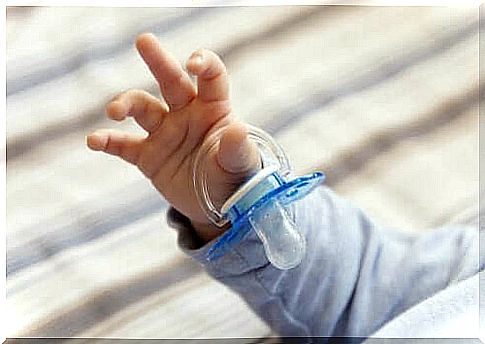
If you are expecting a child or already have one, you are spoiled for choice because you want to choose the best pacifier for your little one. It should be of the best quality and the chosen model should calm your child. But there is a wide choice, so it is good to know the expert opinion.
In today’s article you will find various recommendations that will help you choose the right pacifier for your baby. After all, this is about the health of your child, so it is worth doing your research. So read on if you want to learn more about this topic.
Pacifier, yes or no?
Before deciding which pacifier is best for your baby, you need to decide whether or not you want to give him one at all. There are various arguments for and against. Although teats are very popular in many cultures, opinions often differ when it comes to the shape, the material or the time of use.
- The biggest plus point is probably its calming effect . Some also assume that this can reduce the risk of sudden infant death syndrome.
- However, what speaks against it is that the habit of sucking on the pacifier could negatively affect breastfeeding. In addition, it can lead to tooth deformation, repeated acute otitis media and a greater risk of accidents, among other things.
General recommendations
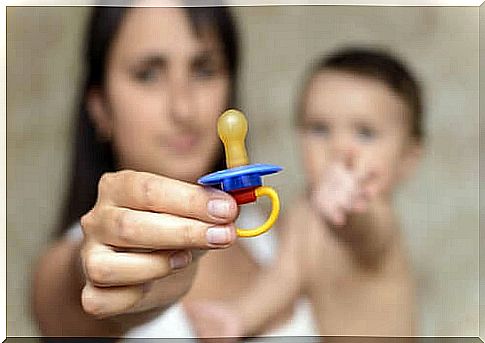
Even if opinions often differ, experts usually agree on the following three recommendations:
- The baby should not receive the pacifier for the first 15 days of life.
- You should limit the use from the 8th month of life.
- From the age of one year, the child should do without it altogether.
How do I choose the best pacifier for my child?
When choosing a pacifier, you should consider certain factors: for example, the age of the baby, any breastfeeding problems, etc. play a role.
In addition, there are general aspects, such as material and shape, that are also important. When choosing a pacifier, consider the individual needs of your little darling and get good advice from a specialist shop.
1. The right pacifier for your child: the shape
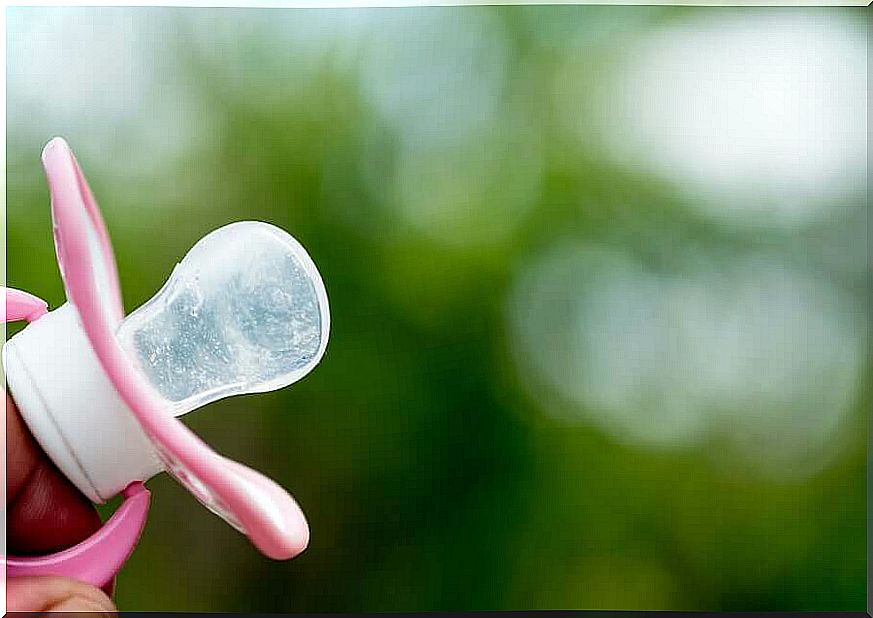
When choosing your child’s pacifier, you should consider that it can be cleaned easily and thoroughly. Make sure there are no crevices or spaces to collect debris that is difficult to clean.
It is also important that the pacifier is made from a single piece. It has to be safe for the baby. For example, you should make sure that the solid part that provides support outside the mouth is also of good quality in order to be able to fulfill its function.
2. The right pacifier for your little one: the material
High-quality, soft silicone , which must be free of bisphenol A (marked as without BPA), is best . Because this substance is associated with various diseases, as it affects the hormonal balance and can also promote cancer.
The material is constantly exposed to a humid and warm environment, which promotes the dissolution of the components. That is why the quality is fundamental so that the baby is not harmed.
It is also important to be able to clean the material well. For example, the spread of bacteria is easier with latex than with silicone. Latex is also more likely to cause allergies.
3. Consider specific needs when choosing a pacifier
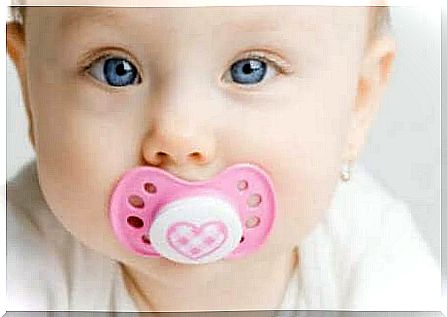
- There are teats that make breastfeeding easier. They mimic the shape of the nipple and even have a similar texture. They also adapt to the pressure in the baby’s mouth. These pacifiers force the child to put on the tongue as if it were sucking on the mother’s breast.
- There are also special nipples for premature babies, even if they are born before the 30th week of pregnancy. These are lighter and smaller and have a shape similar to an infant’s thumb.
- You can also find pacifiers in stores that promote proper tooth development. Many dentists recommend an asymmetrical shape that curves upwards and the bottom surface is slightly curved inwards. However, not all babies like this type of teat. In addition, the pacifier can turn around in the mouth and then it is no longer effective.
Once you’ve made the choice of teat, you need to find out if your child is happy with it! Perhaps it pays more attention to the striking exterior, or it doesn’t like the shape or texture. You have to be patient and always value quality and safety!
